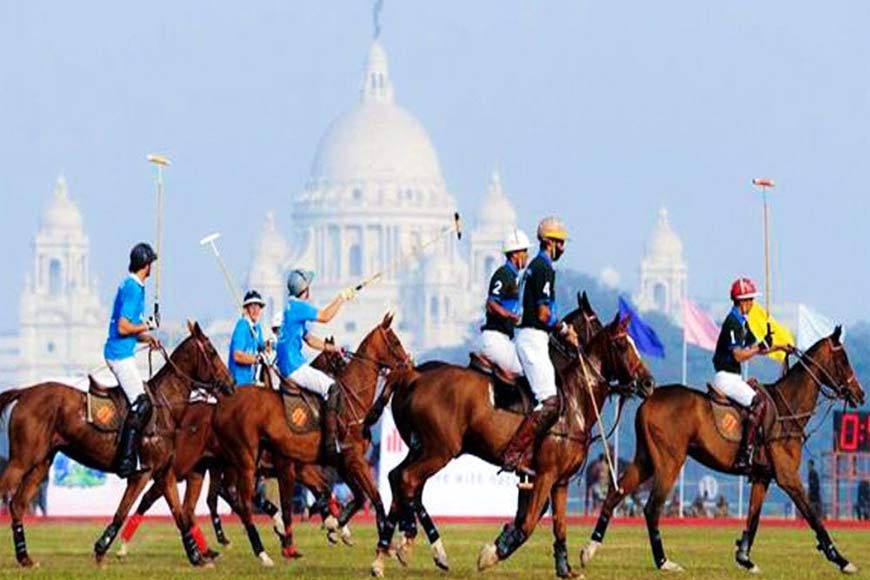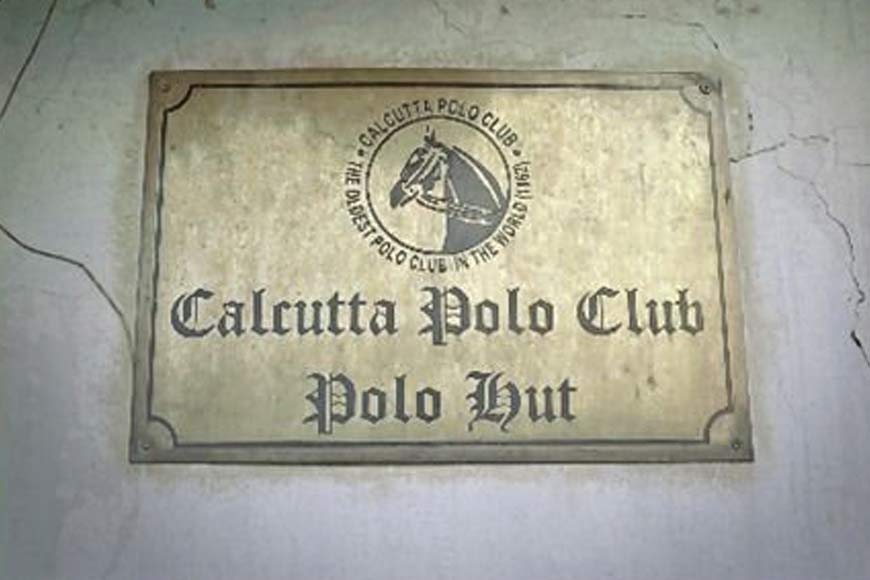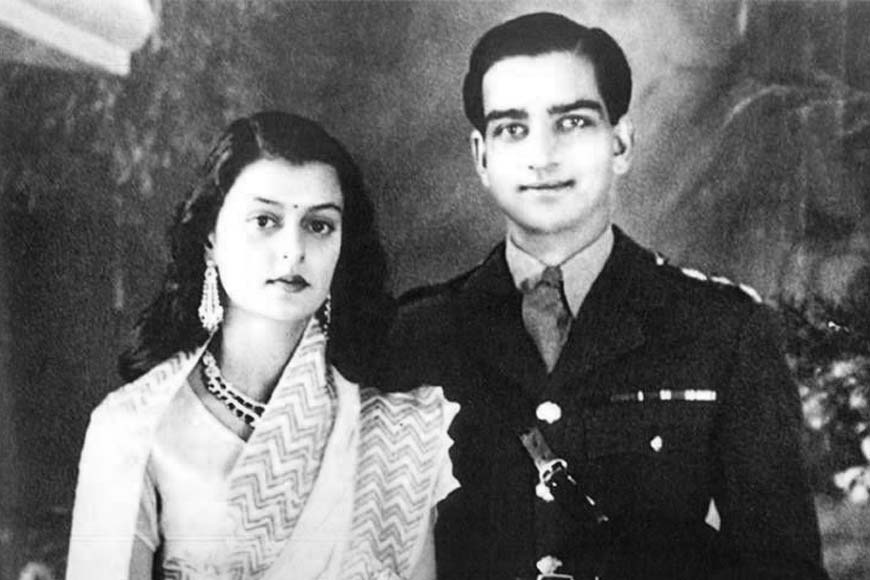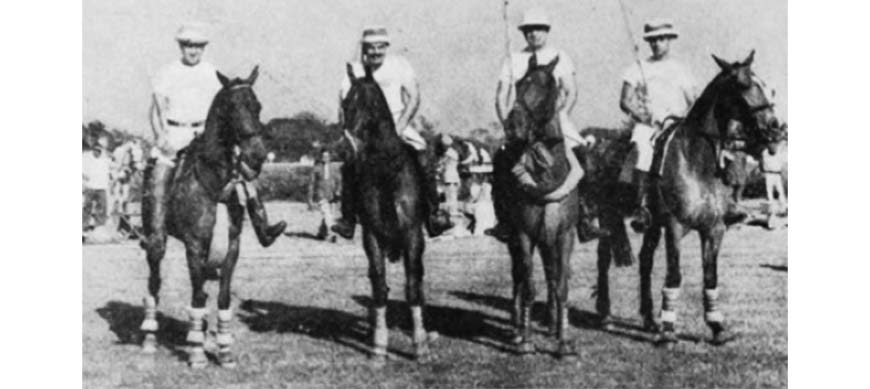Kolkata has the world’s oldest polo club, and polo cup. Did you know?

For many, Kolkata may be all about football and the Maidan, but the city’s history is inextricably linked to horses too. Properly groomed, world-class horses, no less, that were once used by the world’s first polo club in this very city. Apparently tailor made for the wealthy, polo is a sport played across the world today, with a special fanbase within the British royal family. Princes Philip, Charles, William, and Harry have all played polo at one time or the other, and even little Prince George owns a polo mallet.
In all this pomp and splendour, it is easy to forget that India is the birthplace of modern polo. As early as 1210, Qutubuddin Aibak, the Turkic Sultan of Delhi, died during a polo match in Lahore, when his horse fell and he sustained a serious injury from his saddle. Later, the sport became popular among Mughal emperors, who called it ‘chaugan’, and Emperor Akbar is credited with introducing an official set of rules for polo.

The game as we know it today, however, comes from Manipur, where locals would play it with wooden balls, on horseback. In the local dialect, the game was known as ‘sagol kangjei’, ‘kanjai-bazee’, or ‘pulu’. This last refers to the wooden ball used to play the game, and its anglicised version became ‘polo’.
Polo was a major recreational sport for royal families not only in Manipur, but in other parts of India. And when officers of the British East India Company chanced upon a polo game in progress, they were hooked. ‘The sport of kings’ was thus soon adopted by the British, and polo became a high-society equestrian spectator sport. Over the centuries, in the West, the game has become closely associated with tasteful sophistication, perfectly groomed horses, men in crisp linen, and women in expensive dresses and sun hats.
Not surprisingly, considering Europeans first learned of polo in India, the British-Indian capital of Calcutta became home to the world’s oldest polo club. In 1862, the Calcutta Polo Club was established by two British soldiers, Captain Robert Stewart and (later Major-General) Joe Sherer. The club gradually became a hub for all aristocratic equestrian enthusiasts, and its well-equipped ground was an ideal training turf for polo aficionados.
 Maharani Gayatri Devi and Maharaja Sawai Man Singh II of Jaipur
Maharani Gayatri Devi and Maharaja Sawai Man Singh II of Jaipur
Calcutta Polo Club enjoyed an exalted status in India right from its inception, since aristocratic Indians were also very enthusiastic about the game. In fact, the polo club played cupid in the legendary love story of Maharani Gayatri Devi and Maharaja Sawai Man Singh II of Jaipur. In 1931, the 21-year-old Man Singh was in Woodlands, Calcutta, to participate in the polo season, during which he met the love of his life. Gayatri Devi, the stunning princess of Cooch Behar, was only 12 at the time, but it was apparently love at first sight for both, and they tied the knot after a six-year romance.
Inevitably, Calcutta also became the birthplace of the world’s oldest polo competition and trophy. In the mid-19th century, renowned property developer and Baghdadi Jewish community leader Sir David Joseph Ezra was building many of the city’s most celebrated Victorian buildings and synagogues. It was he who hosted the world’s first polo tournament in 1880 - the Ezra Cup, claimed to be the first official polo trophy in history. Ezra also built state-of-the-art polo infrastructure at the race course.

In addition to the Ezra Cup, there are two other trophies among the world’s 10 oldest polo trophies which originated in Calcutta - the Carmichael Cup (1910) and the Stuart Cup (1932). Additionally, the first Indian Polo Association Championship was held in 1907 at the Calcutta Polo Club.
The glorious history of polo in India faded post-Independence, and it was gradually relegated to an inconsequential existence. After years of neglect, the Calcutta Polo Club was put in cold storage by the army in 1998 through a resolution. Lack of investment and proper infrastructure were the main impediments, but this historical institution was given a new lease of life by corporate houses and the season was revived in 2006.










